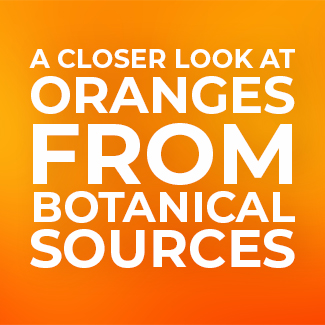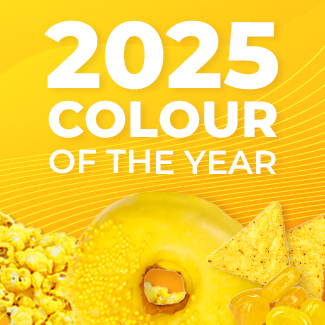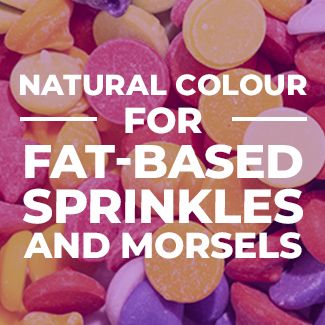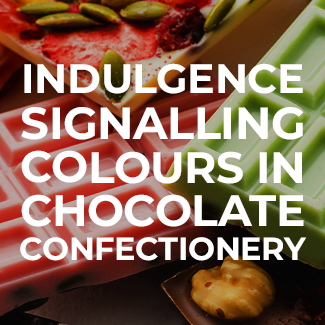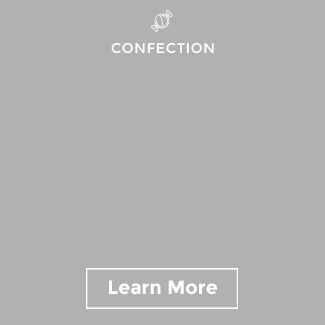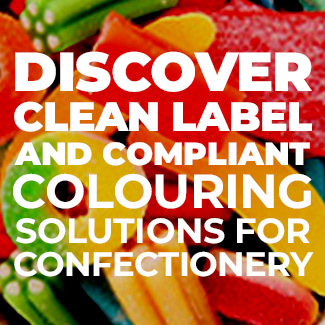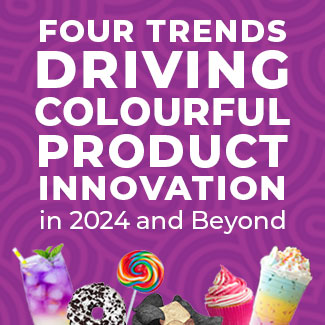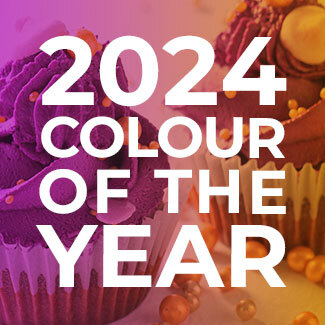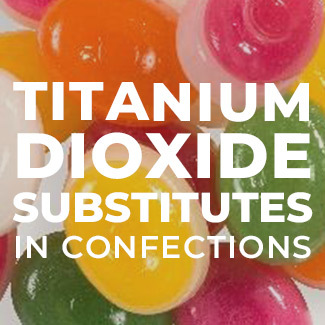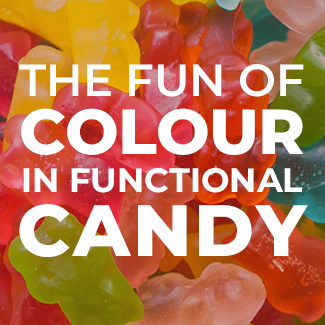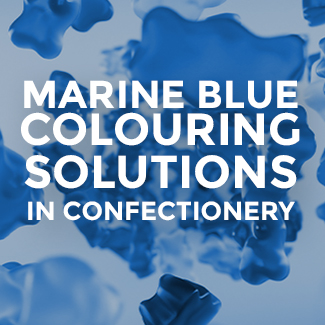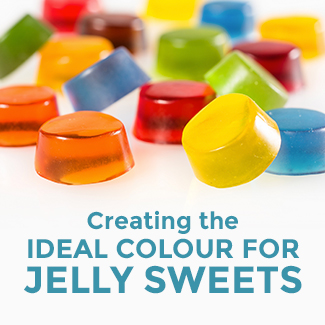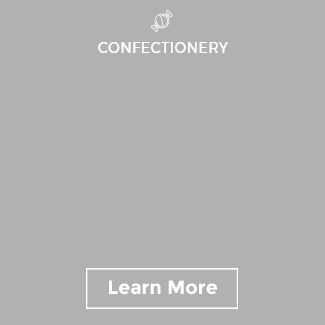Natural Colour for Pan Coated Baking Sweets
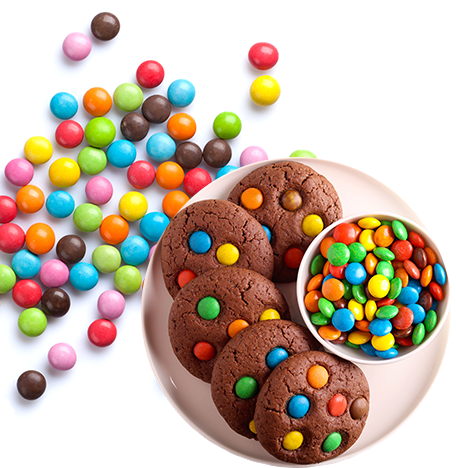
As consumers seek value and experiences through their food and beverages, incremental indulgence through snacks and sweets like baked goods are in vogue.
More than a third of EU consumers say texture is an important part of the overall experience of eating desserts (Mintel 2024), so inclusions like pan coated sweets can be a major feature for baked goods.
Naturalness is also a leading expectation. Today, 47% of European consumers look for natural ingredients when they are buying food or drinks (Mintel 2024).
When choosing natural colours to create interesting and appealing pan coated sweets for baked goods, developers should keep several factors in mind.
Getting Started: What to Consider for
Pan Coated Sweets in Baked Goods
When selecting colours to use in pan coated sweets for baking, the type of panning is important. The difference between sucrose-based hard-panning and dextrose/sugar-free panning indicates which colour families can be used based on acidity and stability. A low pH in sucrose panning would require that manufacturers must have a tight control over their process, to avoid sugar inversion. Therefore, usually pH neutral or only slightly acidic colouring solutions are preferred.
Heat is another important aspect. Some manufacturers hold their sugar syrup hot, while others hold their syrup at room temperature. If sweets are going into a baked good before baking, the colour needs to be heat-stable for that process as well as the panning process.
In panning, usage rate/weight gain can also be impactful. If a manufacturer has a usage rate restriction in their sugar syrup as well as a certain number of coats or weight gain, they want their candy pieces to have, the use of high strength colours can be an advantage to achieve bright target shades.
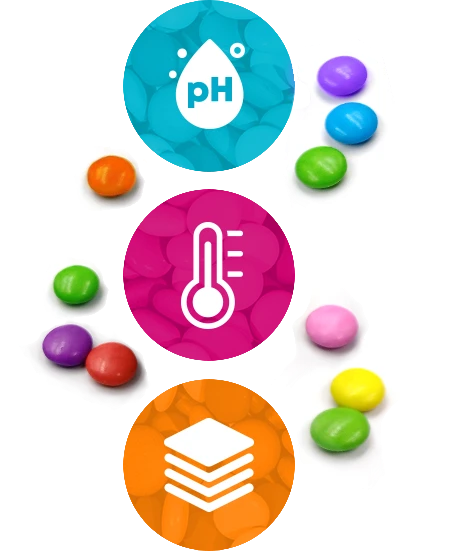

Red & Pink
Beet based solution from our Uberbeet platform can offer a range of red shades in panning, especially in combination with orange or yellow colourants. These products are very good alternatives also for carmine.

Orange
In panning, the most common orange solution we recommend is based on is based on carotenoids or paprika, which can cover a wide range of shades.

Yellow
Curcumin is a great option for bright yellows in panning. For best light stability safflower or beta carotenes offer a wider range of yellow hues as well.

Blue
Sensient’s Marine Blue™ is an ideal solution for pan coated sweets, a spirulina-based option which has been stabilized to survive the baking process for this application.
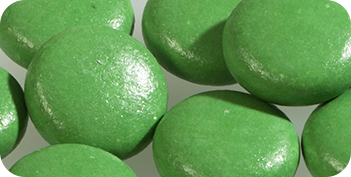
Green
Blending Marine Blue™ with natural yellow solutions, like beta carotene, curcumin or safflower, creates a range of green hues at different usage rates. Other option would include copper chlorophyllin based products for intense mint green shades.
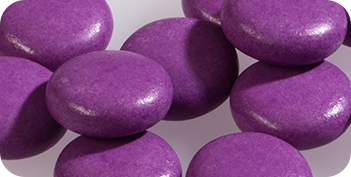
Purple
A blend of spirulina and beet juice can be used to achieve a variety of purple shades. Another option for purple shades would be to combine beetroot based products with carbon black or black iron oxide.

Brown
For strong brown hues in pan coated sweets based on colouring foods, Sensient’s caramel-free Natural Brown product range offers a complete range of shades.

Black
Carbon and black iron oxide offer stable black option for panned confections. In certain cases also combinations of natural brown products with other colourants can achieve very dark hues as well.
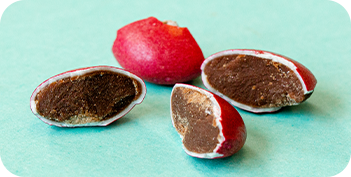
White
Sensient’s Avalanche™ Fusion has been specifically developed to create bright white in pan coated sweets and other panned confections with a clean label.







